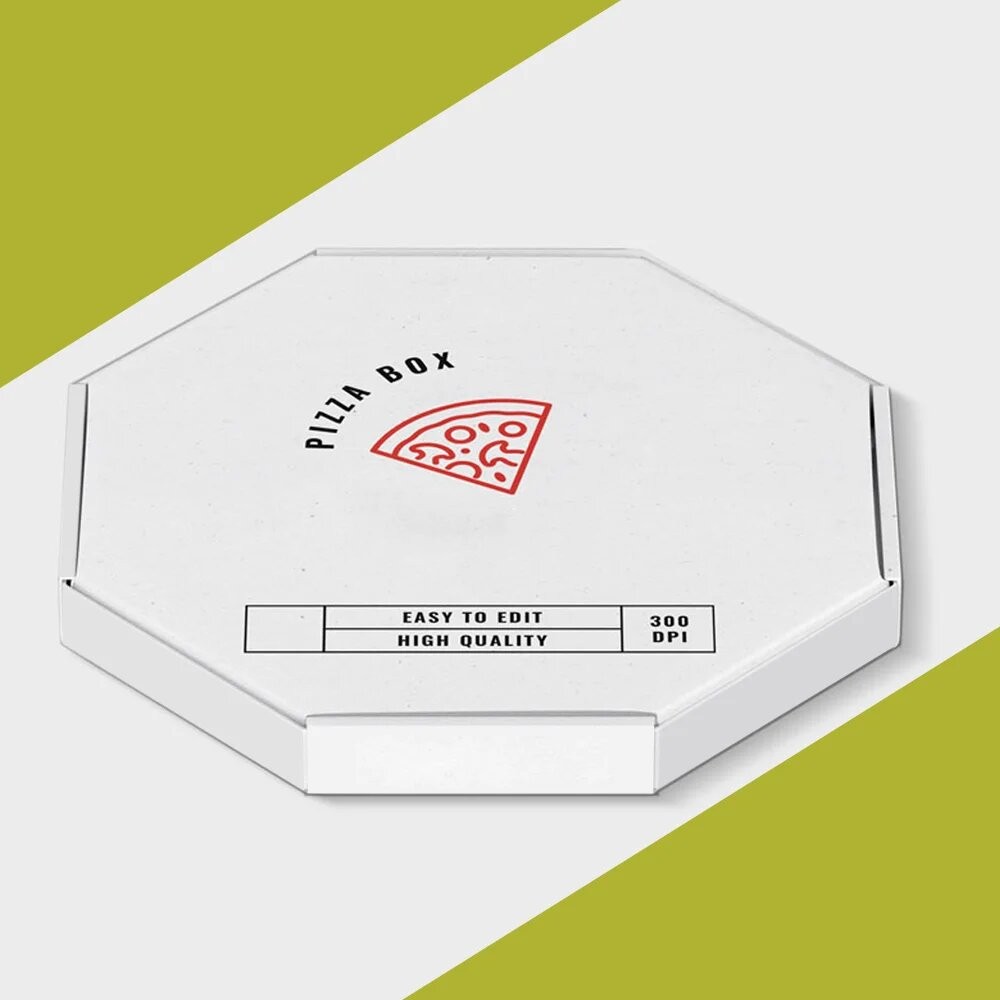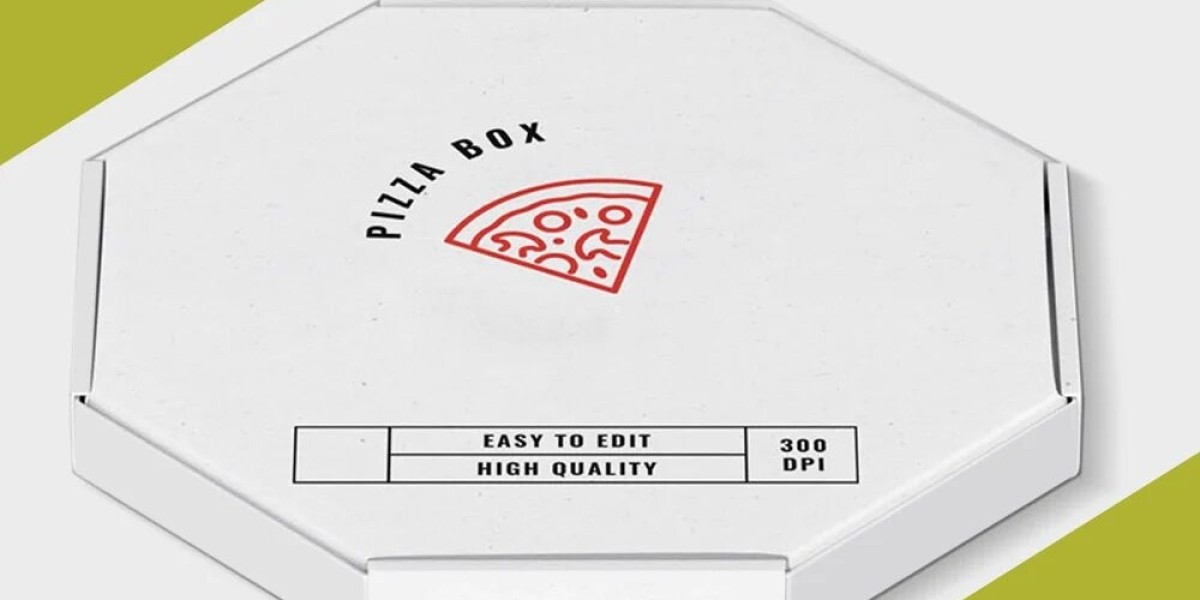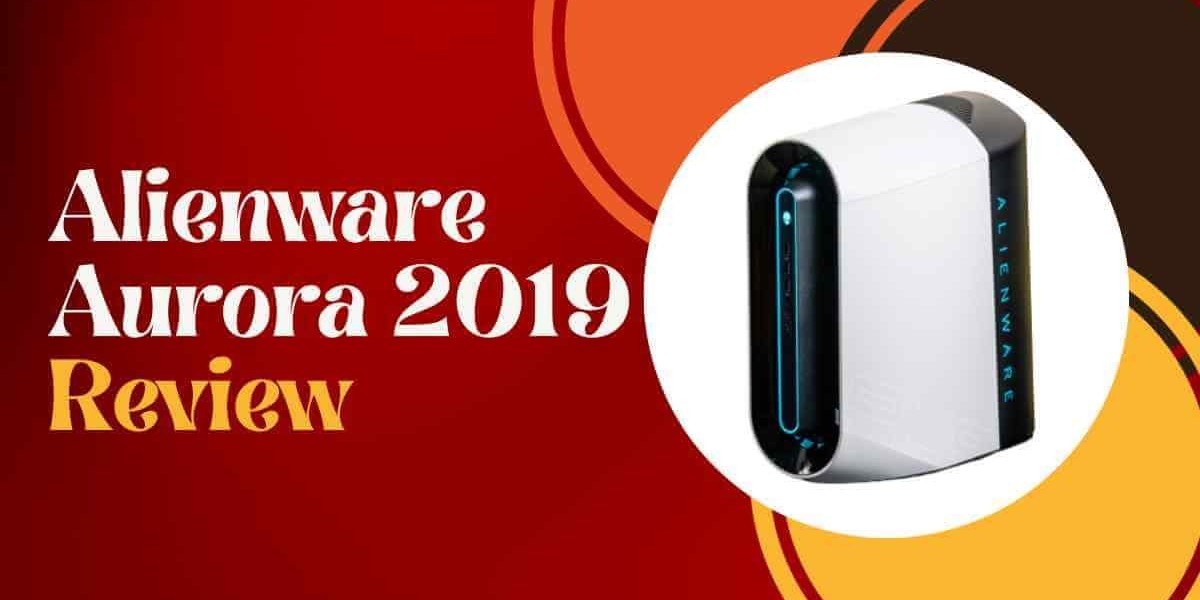The pizza box, while seemingly a simple container, plays a central role in the pizza experience. From keeping pizzas warm to preserving their shape, this everyday item has a complex design and purpose that goes far beyond being a mere delivery vessel. While the traditional pizza box shape is typically square, some pizzerias have embraced the innovation of a circle pizza box, stirring interest and conversation about whether this alternative shape could better serve the purpose.
This article delves into the evolution of the pizza box, the intriguing possibility of circular designs, and how these adaptations aim to enhance both functionality and sustainability.
1. The Origins of the Pizza Box
The idea of delivering pizza is relatively modern, having only become a significant trend in the mid-20th century. Before pizza boxes, pizzas were transported on metal plates, but this method failed to keep the pizza warm and resulted in quick cooling and sogginess. As delivery services grew in demand, the need for a container that could keep pizza warm and fresh became apparent.
In the 1960s, with the rise of popular pizza chains, cardboard was chosen as the material for the first pizza boxes. Lightweight and insulating, cardboard was the ideal choice for maintaining the pizza's warmth during transport. Additionally, cardboard is inexpensive, making it a practical option for large-scale pizza delivery services. Initially, pizza boxes were relatively basic, but they quickly evolved in design to ensure both structural integrity and convenience.
2. Why Square Boxes?
While pizza is round, most boxes are square. This may seem counterintuitive, but there are practical reasons for this choice:
Cost Efficiency: Square boxes are easier to manufacture because they can be cut, folded, and assembled from a single sheet of cardboard. Producing a circular box would require more intricate machinery, making it more expensive and less practical for mass production.
Structural Stability: Square pizza boxes offer better stability during transport. With their flat edges and rigid corners, they provide support and prevent the pizza from getting squished. Circular designs, on the other hand, could be more prone to collapse during handling.
Storage Convenience: A stack of square boxes is easy to store in a compact manner, both in pizza shops and delivery vehicles. Their uniform shape allows them to fit neatly on shelves and prevents tipping.
Despite these benefits, there has been a growing movement towards the circle pizza box. Some argue that this design could optimize pizza packaging, leading to the development of prototypes by companies exploring alternatives to traditional boxes.
3. The Circle Pizza Box: Innovation in Pizza Packaging
The circle pizza box is an innovative concept that aims to address some of the limitations of the square box. Proponents argue that a circular box could better fit the shape of a pizza, creating a snugger fit and potentially improving insulation. A few companies have experimented with this design, with Apple, for example, having developed a patented round pizza box for in-house use in its cafeterias.
Here’s why a circle pizza box could be advantageous:
Space Efficiency: A circular box would eliminate the empty space typically found around the edges of a pizza in a square box. This reduces the amount of cardboard needed and could lead to a more sustainable option, provided it’s produced efficiently.
Improved Insulation: Because the pizza fits snugly, a circular box might trap heat more effectively, keeping the pizza warmer for longer periods. This would reduce the cooling effect caused by excess space in square boxes, where heat can dissipate more quickly.
Eco-Friendly Potential: If designed well, circular boxes could potentially use less material than square boxes, reducing waste. Additionally, since circular boxes would likely be custom-designed for a single use, companies could experiment with sustainable materials, further minimizing their environmental impact.
However, challenges remain, as circular boxes are still more costly and less versatile than square boxes, particularly when it comes to assembly and storage.
4. Design Elements and Innovations in Pizza Boxes
Over time, the pizza box has incorporated several design features to improve functionality:
Ventilation Holes: To prevent the pizza from getting soggy, most pizza boxes include small perforations or holes. These help control the moisture within the box, allowing steam to escape without letting in too much air, which could cool the pizza down too quickly.
Grease-Resistant Liners: Pizza boxes often include liners or coatings that repel grease, preventing the bottom of the box from becoming soaked and making it easier to hold.
Foldable Inserts: Some pizza boxes come with foldable inserts that act as separators, keeping slices from sticking together or sliding around during transit. These inserts also prevent toppings from getting smooshed if the pizza is slightly larger than the box’s base.
Insulated Materials: Premium pizza boxes may use multi-layered cardboard or insulated materials, offering extra protection against heat loss. This keeps the pizza warm for extended periods, especially useful for deliveries over long distances.
5. Sustainability in Pizza Box Design
As eco-consciousness grows, so does the desire for sustainable pizza boxes. Most pizza boxes are made of corrugated cardboard, which is recyclable, but contamination from grease and food residues can complicate the recycling process. Innovations in eco-friendly pizza boxes focus on making recycling easier and reducing waste. For instance:
Biodegradable and Compostable Boxes: Some companies have started producing boxes from biodegradable or compostable materials that don’t harm the environment even if they end up in a landfill. These boxes break down faster than traditional cardboard and leave no toxic residues.
Recyclable Inner Liners: By using liners that prevent grease from seeping into the box itself, manufacturers make it easier for customers to recycle pizza boxes after use. These liners are often compostable, further reducing waste.
Reusable Options: While uncommon, reusable pizza boxes are being trialed in some cities as a sustainable alternative to disposable boxes. Made from durable materials, they can be returned to the pizzeria for cleaning and reuse, promoting a circular economy.
6. The Future of Pizza Box Design
Although the square pizza box remains the dominant design, the popularity of the circle pizza box is increasing. As manufacturing processes become more sophisticated, the cost of producing circular boxes may decrease, making them a more viable option for pizzerias. Additionally, innovations like improved insulation, recyclable materials, and modular inserts that adapt to various pizza sizes could lead to further advancements in pizza box design.
In recent years, pizza box designs have also expanded to cater to customers' preferences for personalization and branding. Many pizza companies now use custom-printed boxes with vibrant designs that reflect their brand's identity. Some even add QR codes that customers can scan to view menus, track their order, or receive special promotions.
Conclusion
The evolution of the pizza box from a simple cardboard container to an innovative piece of design reflects the changing needs and expectations of the modern consumer. While square boxes remain the standard, the circle pizza box has introduced a new wave of possibilities, particularly in sustainability and insulation.
Whether square or circular, each pizza box has a purpose that goes beyond just holding a pizza. Its design reflects a balance between practicality, aesthetics, and environmental responsibility, underscoring the fact that even the simplest items have the potential for continuous improvement. So, next time you enjoy a pizza, take a moment to appreciate the thought and engineering behind the box it came in — an unsung hero in the world of pizza.



